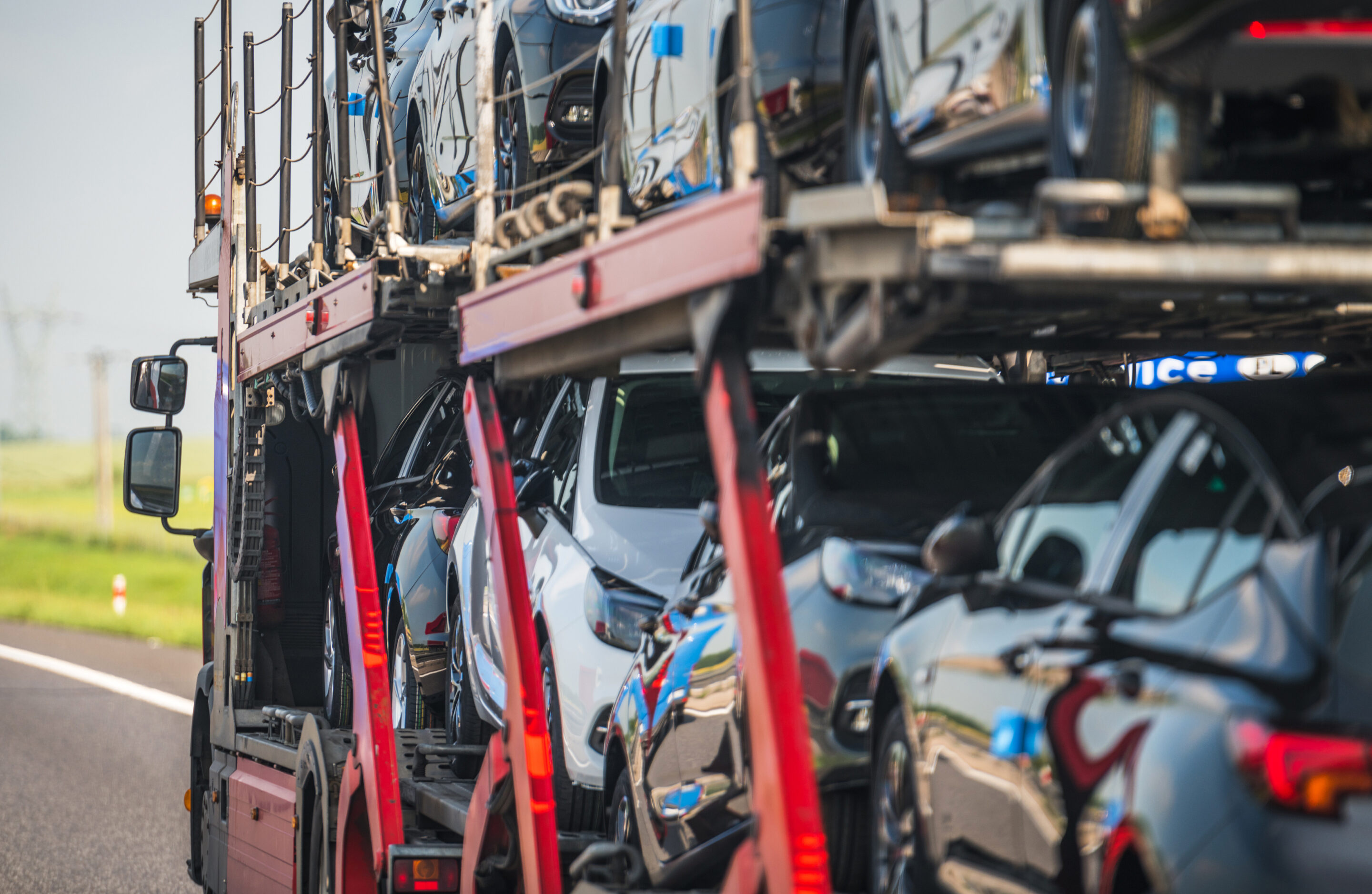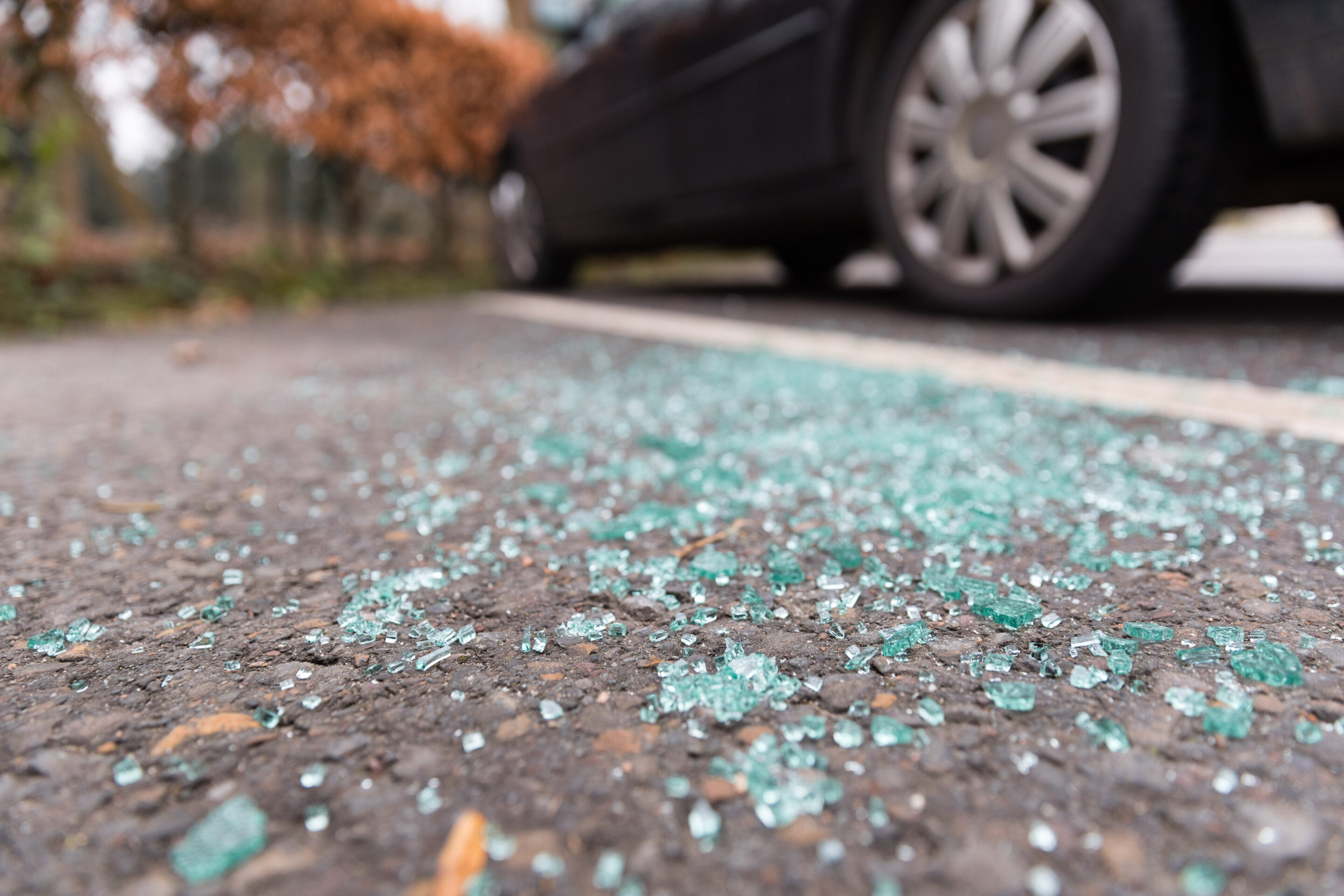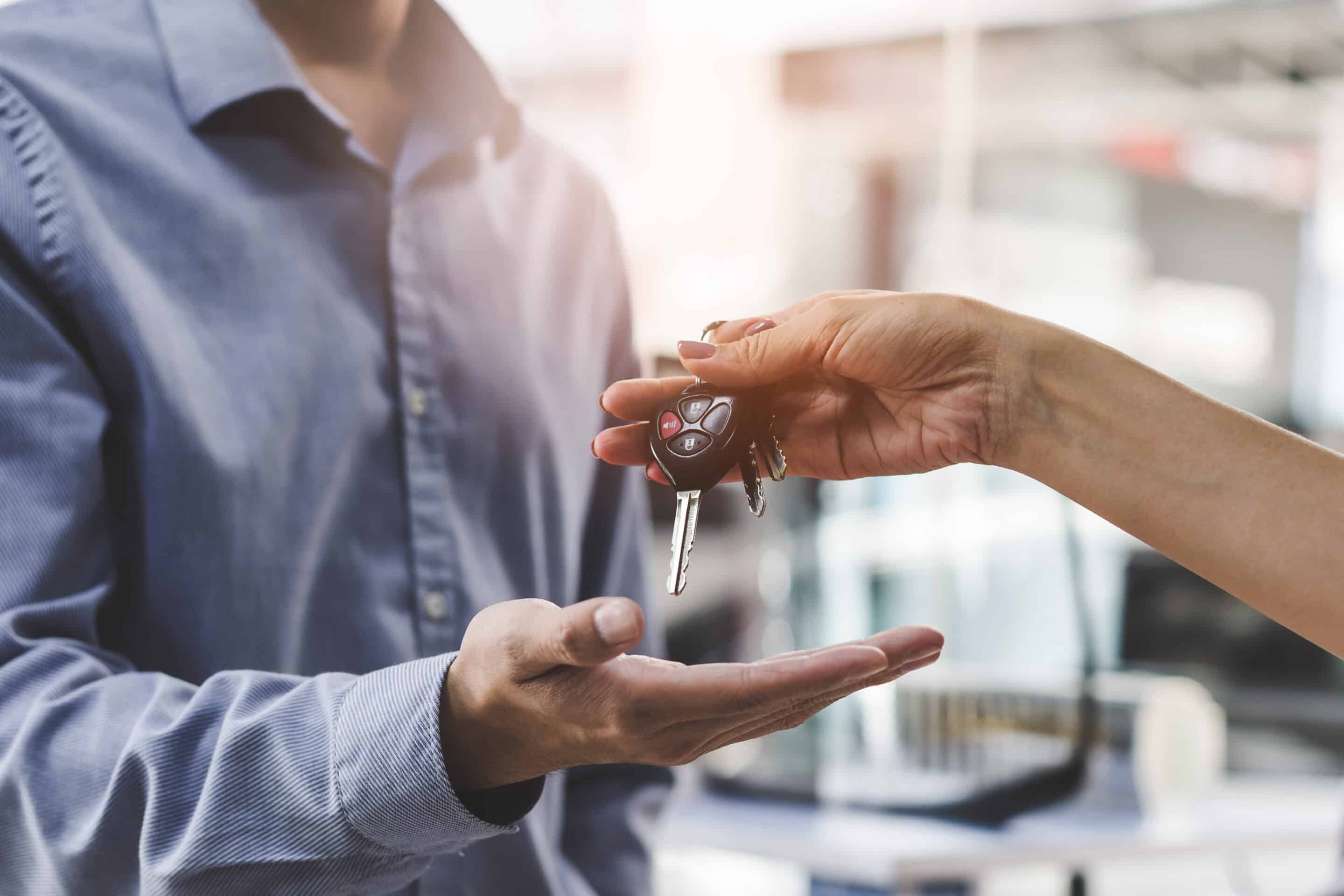 Your strengths drive your success – and your weakest skills and habits hold you back.
Your strengths drive your success – and your weakest skills and habits hold you back.
It shouldn’t come as a surprise to learn that most salespeople do more things wrong than they do right in the selling process. Why? Lots of reasons – mostly because it’s easier to keep doing what you’re doing than to change to improve.
It isn’t that salespeople don’t know what needs to be done. If you’ve been to class, are on JVTN® or have been reading my articles for a while – you know what you aren’t doing. That’s no different than knowing we should eat better, get more exercise, or stop smoking. Again knowing isn’t what stops us from growing, it’s not doing things differently so we can improve.
One example is that people who should be on a diet say, “I need to lose 50 pounds” and the 8-car guy says, “I know I could learn more, improve and be selling 30 cars a month.” It’s a problem because both usually see an overwhelming challenge. Most won’t lose the 50 pounds, and if they did, they usually won’t keep it off – and not many 8-car guys will hit 30 next month. And if they did, most won’t stay there.
So how do you lose weight, get in shape, or grow in sales? It’s easy if you have that long-term goal we talk about in my free Goal Setting book and then break it into smaller-step goals.
Fifty pounds is a lot to lose in a month or two – but it’s definitely not the same challenge to lose a 1/2 pound a week for 2 years and keep it off. The yeah but with most people is, “But I want it sooner,” so they get overwhelmed and throw in the towel before they even start. It’s the same with the 8-car guy – if you just average one more unit per month, 22 months from now you’re the 30-car guy you know you can be and you’ll stay there.
The question you have to ask yourself about losing 50 pounds slowly is, “Do I want to be 50 pounds lighter in two years or not?” If you do, then start now with a clear goal and a plan. If you don’t want it bad enough to start, then don’t. That’s OK, but don’t say you can’t; because you can.
Same with 30 units; every person reading this can become a 30 plus car guy and can realistically earn $100,000 to $200,000 a year selling cars – but you have to make it happen. If you want it – just do it. If not, then don’t.
How do you start? If you’re trying to lose weight, track all of your food intake and physical activities. To gain a pound most of us need to add an extra 3,500 calories or so. To lose a pound you need 3,500 fewer calories. To speed up your weight loss, increase activities enough to burn an extra 3,500 calories.
Selling cars is the same process. Find out what you’re doing now and then set a clear goal to improve. Then be totally honest with yourself about how good you are. For most, that’s the hardest part.
Let’s do a checkup of the 8-step selling process by rating yourself from one to nine (there is no perfect 10), and most nines are highballs, too. Stay on the low side of your estimates and you’ll get farther, faster. Just circle a number in each area.
Things That either Help You or Cost You the Sale
• Wearing a Bad Attitude: Bad attitudes stand out worse than a bad suit. Customers can spot you coming from halfway across the lot. A bad, or even just blah attitude turns customers off – fast. 1-2-3-4-5-6-7-8-9
• Wearing a Bad Suit: Selling cars offers the opportunity to earn some of the highest wages in the world, but you can’t earn that kind of money in sales if you look like an amateur in mismatched slacks, shoes, belts and ties. Worse; wrinkled and sloppy or wearing that bright blue ski jacket with the stuffing coming out. 1-2-3-4-5-6-7-8-9
• “Can I Help You?”: I have to agree that, “Can I help you?” “How can I help you?”, “How y’all doing today, anything I can help you with?” all seem friendly ways to greet people.
If you think about the question you’re asking though, it’s a moot point. They aren’t at Walmart where they have tons of different types of items. That question would help a greeter there point them in the right direction. But when people are on a car lot, where you only sell cars, they’re looking for a car (or truck, etc.), so there’s no need to ask.
The other problem with the question is that you’ll get a ‘just looking’ response in one form or another most of the time. If you do, now you have a problem because in less than 10 seconds, you’ve forced your first buying objection from your customer. With a single question, you’ve made them say out loud, “We aren’t buying,” and that objection will haunt you throughout your sale.
Instead, just say, “Welcome to ABC Motors, I’m __ and you’re __?” If you will, you’ll end up with their name instead of a buying objection. Your first few seconds and your first few words… Your attitude, how you look, how you approach the customer and your first ten words will have more impact on your sale than everything else you do. 1-2-3-4-5-6-7-8-9
• Making Friends Before You Sell: Most salespeople think, “So where do you live?” is all the rapport they need, and then it’s straight to, “Do you know what you want / what do you want to spend / are you trading your car / what do you owe on it / how much down do you have / are you ready to buy now?” 1-2-3-4-5-6-7-8-9
Repeat customers are the easiest to sell because they already know you and like you – that’s why they’re back again. Walk-ins on the other hand, don’t know you at all.
Building rapport is critical because 71% of people buy from a salesperson they like. Maybe more important to understand is that 71% who didn’t buy, said they found a vehicle in stock they liked, but didn’t buy because they didn’t like the salesperson, process or dealership.
• Not Finding Hot Buttons: Features – Advantages – Benefits.
Feature: what it is. Advantage: what it does. Benefit: why they care (Hot Buttons).
If you don’t take the time to fully investigate and find out who it’s for, how they’ll use it, why they’re getting it and what is most important to each person who’ll drive it or participate in the purchase – you lose by default.
Why? Because people make their decisions to purchase based on just 20% of the features on a vehicle. Those long boring feature presentations that won the walk around contest won’t close the sale because customers don’t care about everything you know about the vehicle. They only care about what affects them.
Don’t misunderstand — you need product knowledge; In fact, you need way more than you have previously so you can target those features that push your customers’ hot buttons to create the interest and desire to purchase NOW! 1-2-3-4-5-6-7-8-9
• Talking Price on the Lot: Price before value kills sales.
Talking about price, trade values, payoffs, down and payments before you build value, means you won’t be building value. Why? Because you can’t talk price and build value at the same time. Even when you say, “This is marked down $2,000 for the sale” to create urgency, what they heard you say was, “It never was worth $35,000 so we’ll start at $33,000 and work our way down from there.” 1-2-3-4-5-6-7-8-9
If you’ll learn to do everything in this short article, in the right order, and learn how to bypass, rephrase and refocus price – you’ll be shocked at how easy it really is, and how much more lucrative it is to sell value instead of price. If you’re really bad at talking price now you can see a 50% increase in units overnight and about 30-40% increase in gross profit (and commission).
• Selling Service: Better stated: “selling the people in service.” Most of us were taught to point out the awards the service department had earned – so I used to point at the plaque when I did my service walk. Then I learned that people don’t spend $30,000 because you won a plaque – but they will be more likely to buy when they meet the people who won the awards.
Introduce every person you can – the writer, a tech, the get ready guys, cashier and parts counter people — and you’ll start hearing, “Wow, you sure have a lot of nice people here.” And the sale just got easier. 1-2-3-4-5-6-7-8-9
• Select The Right Vehicle For Them: Read that again and again and rethink what we were all taught about landing people on a car based on price or payments.
If you find the perfect vehicle for them (hot buttons), the price won’t kill your sale because you can easily rephrase a price objection on a vehicle they love to a budget concern. Get a commitment and show them how it will fit their budget and you’ve got a done deal. But if you select a vehicle on price, it will kill your sales and gross. 1-2-3-4-5-6-7-8-9
• Demo: No Demo = No Sale. More Demos = More Sales.
99% will not buy until they drive it, only 40% get a demo, 50% who get a good demonstration buy on the spot. The quick math on the stats: If you’re talking to 60 people, 60 want a demo, only 24 get one, and 12 buy.
Salesmen are the same when it comes to buying cars – so demo everyone and you’ll sell more. 1-2-3-4-5-6-7-8-9
• Demo – You Drive First: Show and Tell. A demonstration is to show how the vehicle works and your job is to tell them why each feature you point out matters to them. Oh — and technically there is no demo if you just let them drive by themselves. That’s just a test drive. 1-2-3-4-5-6-7-8-9
• Targeted Presentation to the Secondary Buyer: It’s time to “Sell the Sizzle”
Remember those hot buttons? You gave a very general presentation while you were building rapport and investigating. You drove first and explained how stuff works, and now it’s time to switch drivers and time to give a targeted presentation to the secondary buyer on the key features that person cares about most. 1-2-3-4-5-6-7-8-9
• Targeted Presentation to the Primary Buyer: The secondary driver just pulled over to let the primary driver go next. Now it’s time to give a targeted presentation to the primary buyer, who is generally the final decision maker on getting this vehicle. Light ‘em up on key benefits because when they get behind the wheel, that will be the highest emotional point in the sale, so closing is next. 1-2-3-4-5-6-7-8-9.
• The Landmark Summary Closing Sequence: Closing is a process, not a question, and it starts right now about two minutes from your dealership with the primary driver behind the wheel. You’ll summarize the benefits and tie each benefit down with a “yes” question like, “That sure handles well, doesn’t it?” 1-2-3-4-5-6-7-8-9.
• The Assumptive Sold Line Close: You’re 100 yards from the dealership, you’ve gotten five or six ‘yeses’ in your summary and now it’s time for, “Sounds like we’ve found the perfect truck! Go ahead and pull it into the sold line and I’ll grab the keys so nobody else can drive your new truck.” 1-2-3-4-5-6-7-8-9.
• Action Closes: Next, it’s time to get them doing things they know means they’re trading cars; “Read me the exact mileage for registration / last six numbers of the VIN / grab your registration and insurance card for me / etc.” 1-2-3-4-5-6-7-8-9.
• Wrap it Up: Finish your silent walk around of their trade, their mileage, MPG and any maintenance done. Now start walking inside and ask, “Can I get you coffee or something cold to drink while we wrap this up?” 1-2-3-4-5-6-7-8-9.
If you rated yourself in each area you’re halfway there. Remember, you don’t have to go from a 4 to a 10 – just focus on improving something on this list every month and you’ll sell more cars, have more fun and make a lot more money.








